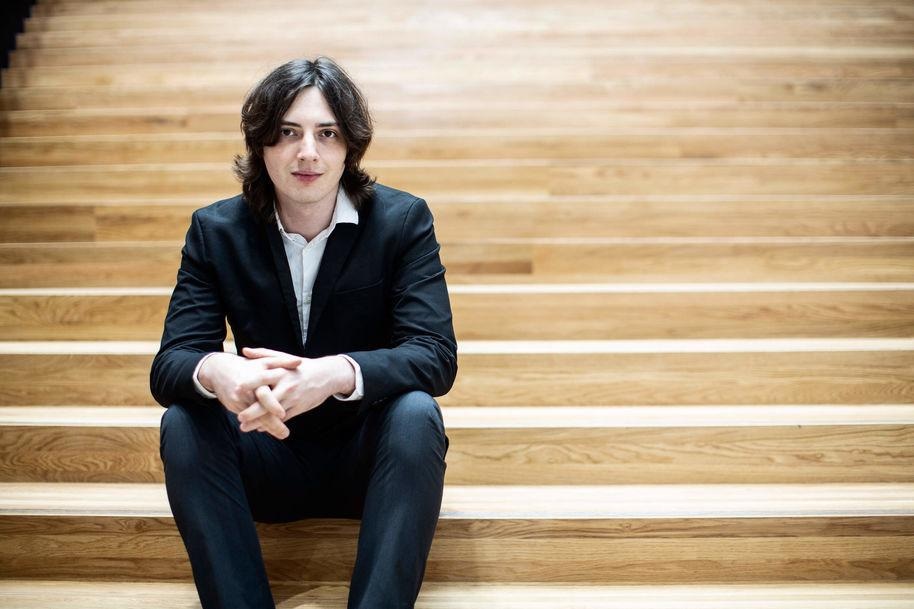Scientists, for the first time, have demonstrated a new technique for measuring quantum excitations in superconducting materials with atomic precision. Identifying these excitations is a crucial step toward better understanding exotic superconductors, which could aid in the development of quantum computers and even lay the groundwork for room-temperature superconductors.
 Professor Jose Lado. Image Credit: Aalto University/Evelin Kask.
Professor Jose Lado. Image Credit: Aalto University/Evelin Kask.
Superconductors are materials that have no electrical resistance and require extremely low temperatures to function. They are used in a variety of applications, ranging from medical applications to playing a key role in quantum computers. Cooper pairs, which are specially linked pairs of electrons, cause superconductivity.
Cooper pairs have previously only been detected indirectly macroscopically in bulk, but a novel technique devised by scientists at Aalto University and Oak Ridge National Laboratories in the United States can detect them with atomic precision.
Wonhee Ko and Petro Maksymovych of Oak Ridge National Laboratory conducted the experiments, with theoretical assistance from Professor Jose Lado of Aalto University. Electrons can “quantum tunnel” across energy barriers, jumping from one system to another in space in ways that classical physics cannot explain.
For instance, if an electron couples with another electron right at the point where metal and a superconductor meet, a Cooper pair forms that enter the superconductor while also “kicking back” another kind of particle into the metal, a process known as Andreev reflection. To find Cooper pairs, the scientists looked for Andreev reflections.
The researchers achieved this by measuring the electrical current that flowed between an atomically sharp metallic tip and a superconductor, and how the current varied depending on the distance between the tip and the superconductor.
They were able to identify the amount of Andreev reflection returning to the superconductor while retaining imaging resolution comparable to individual atoms as a result of this. The experiment’s results were identical to Lado’s theoretical model.
This experimental detection of Cooper pairs at the atomic scale opens up a whole new way of thinking about quantum materials. For the first time, scientists can see how Cooper pairs’ wavefunctions are reconstructed at the atomic level and how they interact with atomic-scale impurities and other obstructions.
This technique establishes a critical new methodology for understanding the internal quantum structure of exotic types of superconductors known as unconventional superconductors, potentially allowing us to tackle a variety of open problems in quantum materials.
Jose Lado, Professor, Aalto University
Unconventional superconductors can provide a platform for realizing superconductivity at room temperature, making them a prospective fundamental building block for quantum computers. In unconventional superconductors, Cooper pairs have distinct internal structures that have been difficult to understand.
This breakthrough paves the way for direct probing of the state of Cooper pairs in unconventional superconductors, laying the groundwork for a whole new class of quantum materials. It is a significant step forward in the comprehension of quantum materials and aids in the development of quantum technologies.
Journal Reference:
Ko, W., et al. (2022) Noncontact Andreev Reflection as a Direct Probe of Superconductivity on the Atomic Scale. Nano Letters. doi.org/10.1021/acs.nanolett.2c00697.